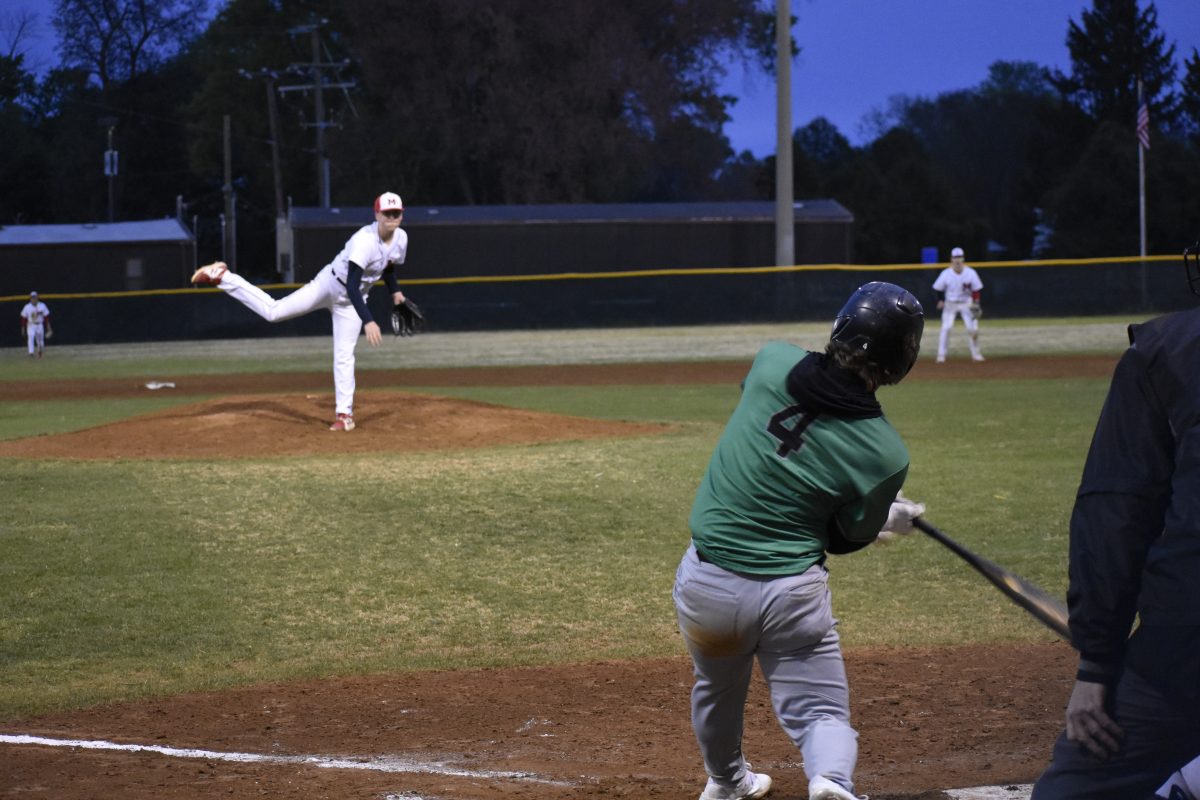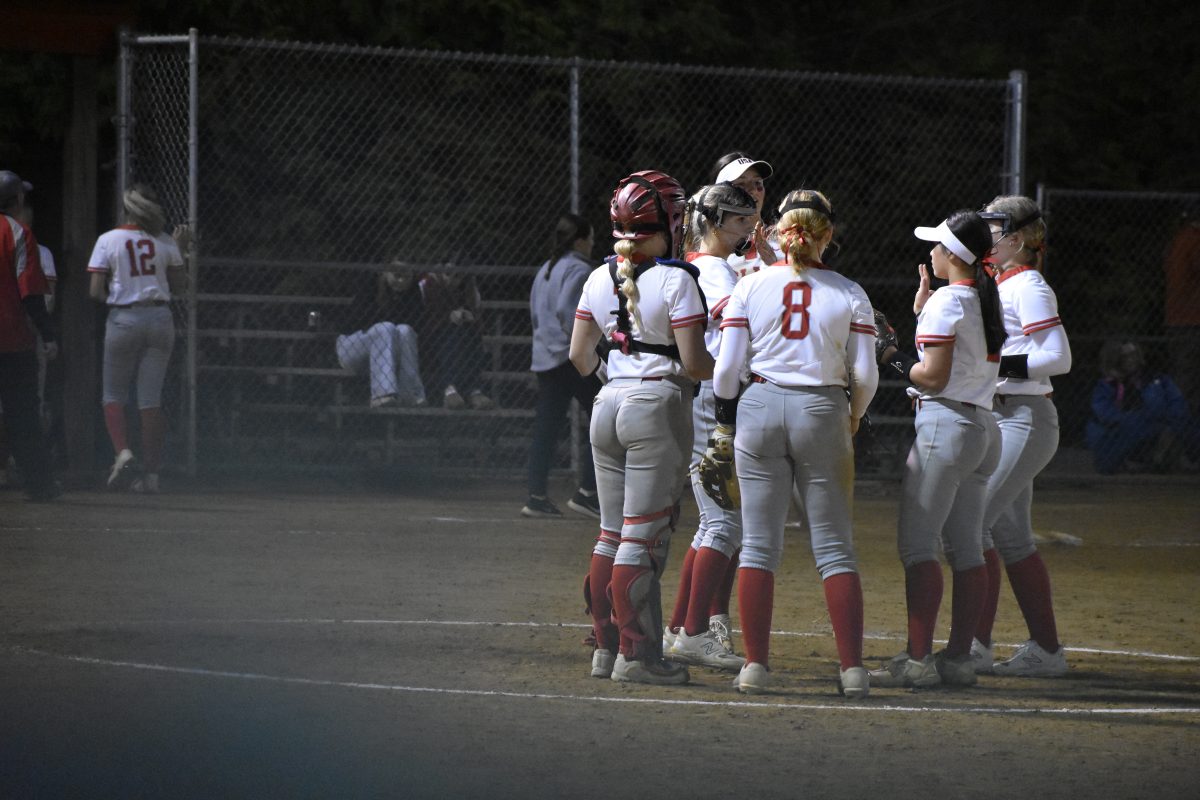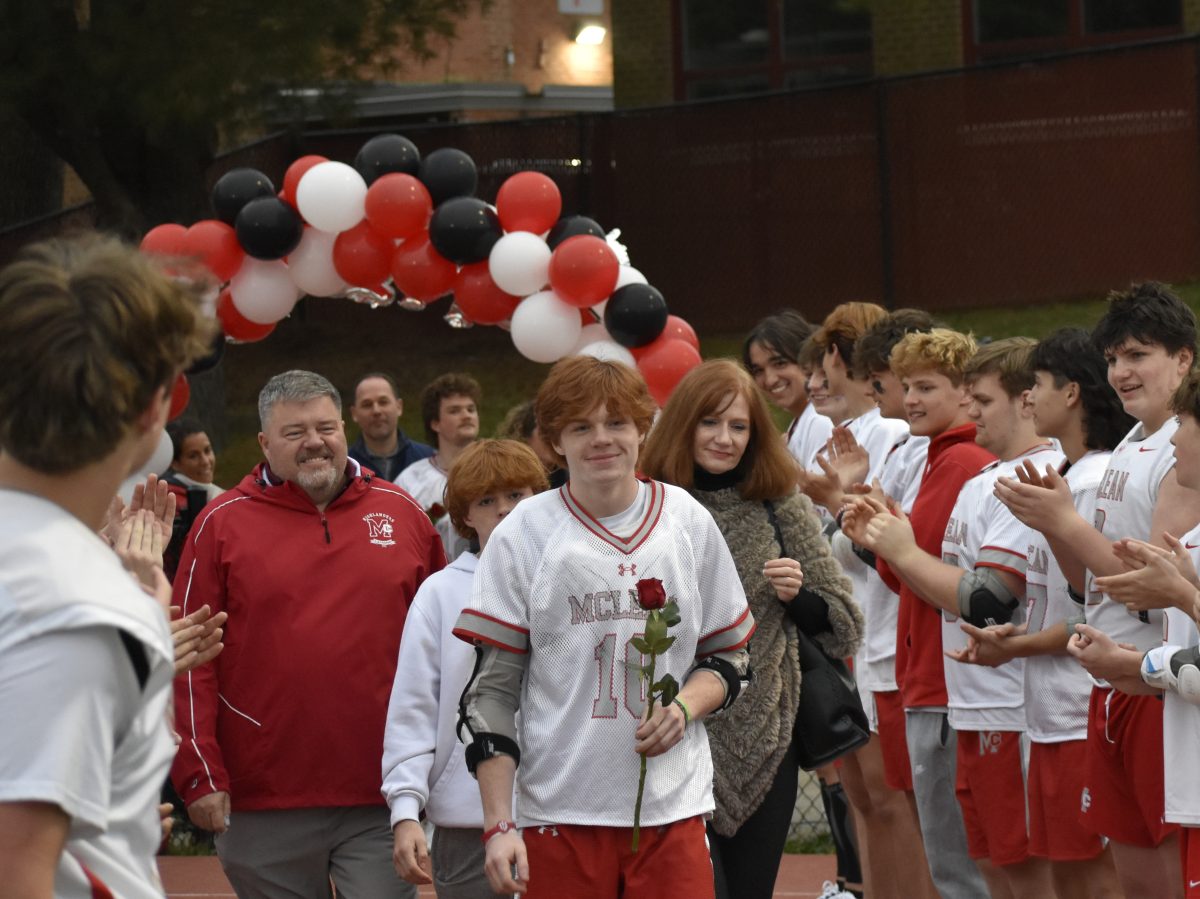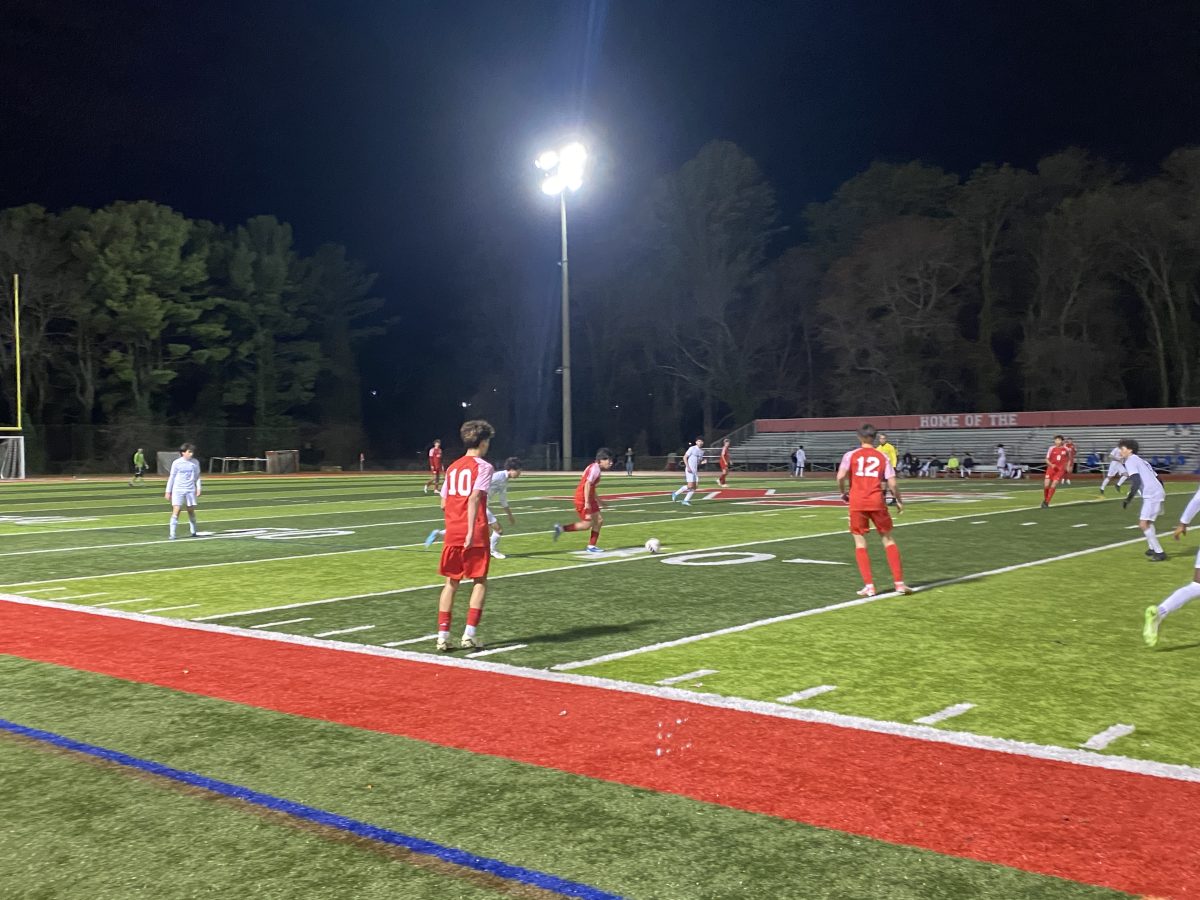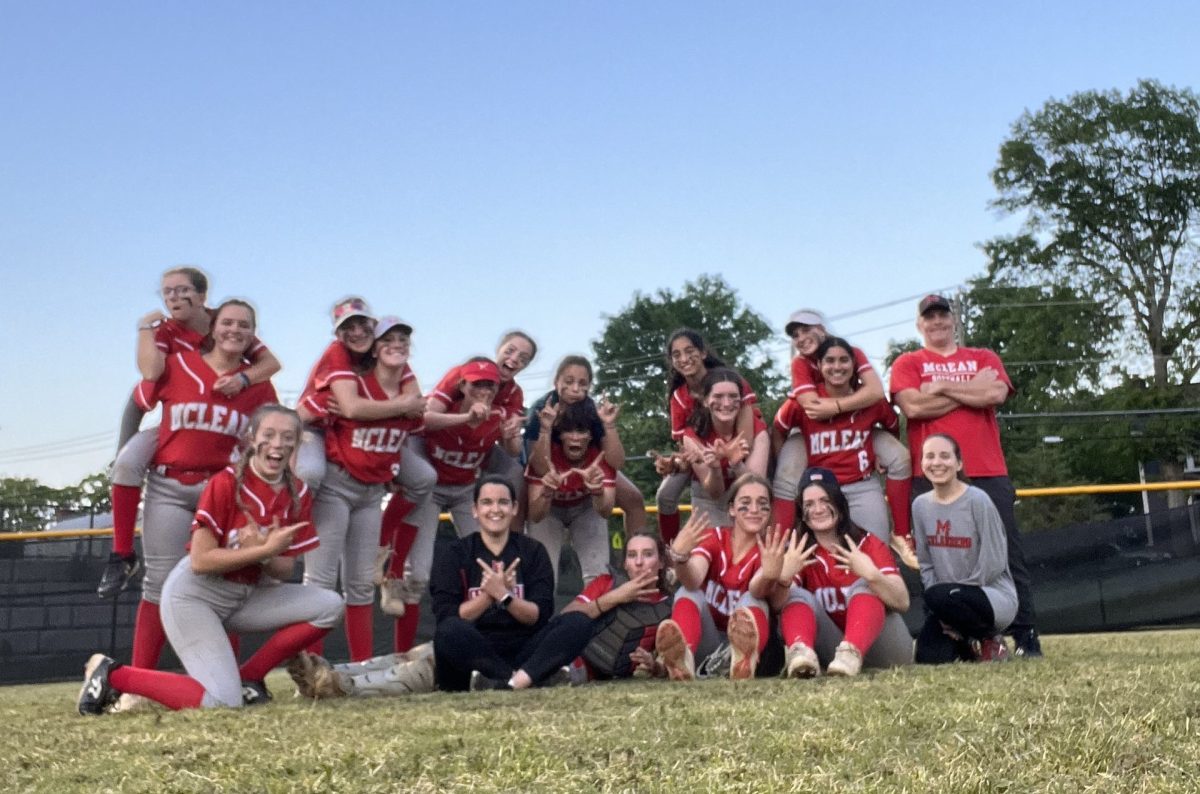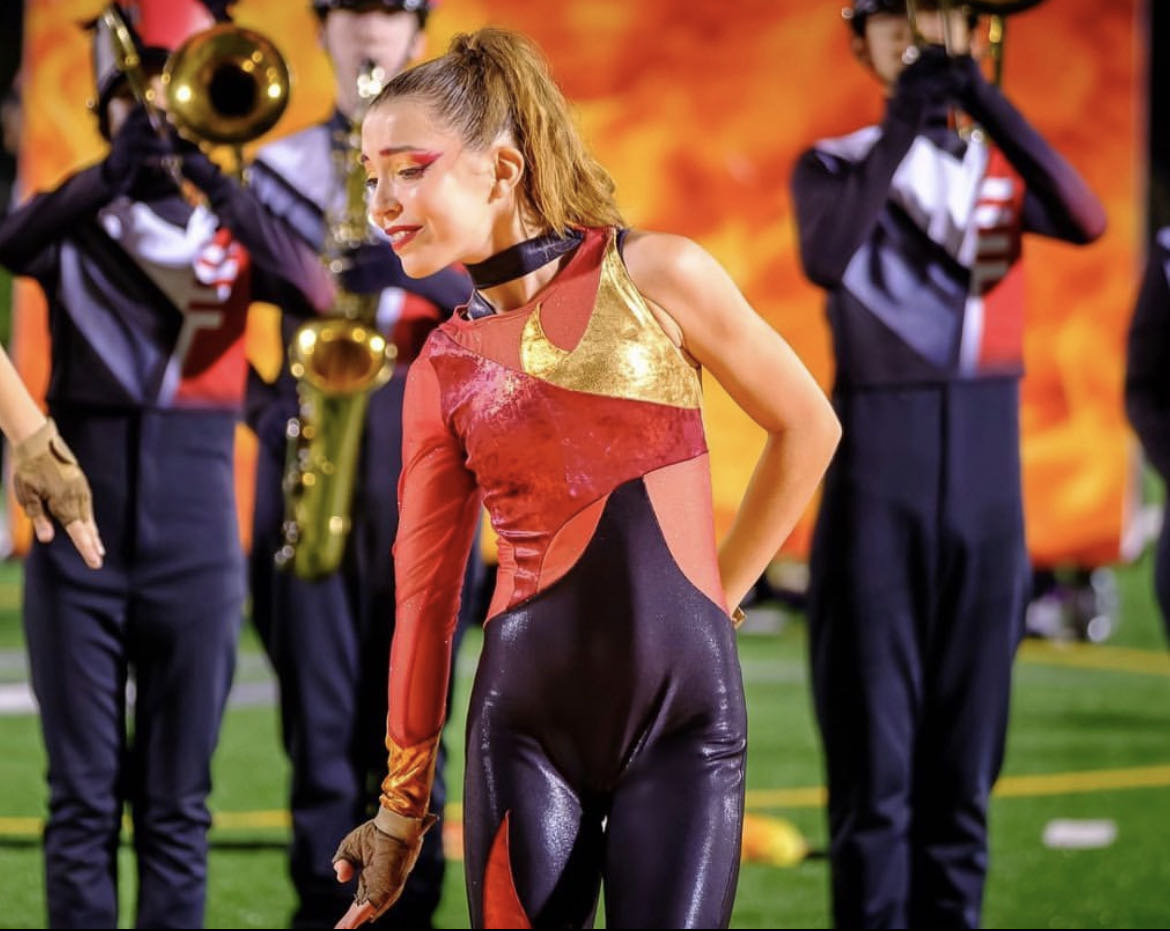By: Dereck Marwa
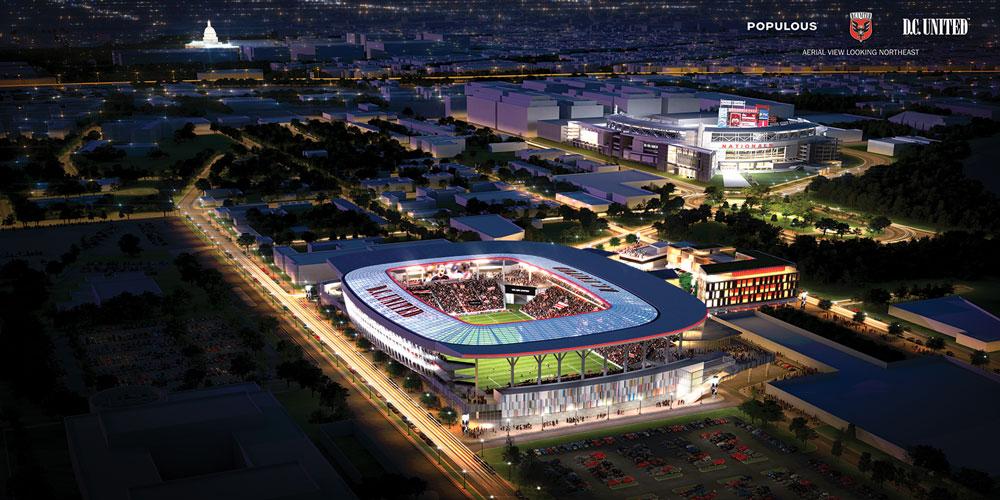
In a unanimous vote on Dec. 17, the D.C. Council approved the District of Columbia Soccer Stadium Development Act of 2014, a plan for a new stadium for Major League Soccer team D.C. United. The stadium will be located at Buzzard Point in Southwest D.C., a five minute walk away from Nationals Park. Groundbreaking for the 20,000-25,000-seat stadium should take place sometime in late 2015 and it is projected to open in 2017.
“We are thrilled that D.C. United’s future in our nation’s capital is secure,” D.C. United Managing General Partner Jason Levien said in a statement after the initial D.C. Council vote on Dec. 17. “The most storied club in Major League Soccer will have a stadium of its own following final approval of the District of Columbia Soccer Stadium Act of 2014 by the D.C. Council. It is a victory for the team and its fans, the city, the region and the sport of soccer in this country.”
The city will spend about $150 million on infrastructure improvements and land acquisition, while the team will spend between $150 million and $200 million on the stadium itself. A large portion of the desired land is owned by private developer Akridge, and the city is currently in negotiations to acquire that land. The city may use eminent domain to acquire the land if necessary.
D.C. United has been playing matches, training, and operating from Robert F. Kennedy Memorial Stadium in Northwest D.C. since its inception in 1996. The stadium, which opened in 1961, is quite literally falling apart. The undersides of the upper level stands are covered in stalactites and pieces of concrete regularly fall from the roof and from the floor of the stands, leaving gaping holes under some seats. During a Copa Centroamericana qualifier held at the stadium on Sept. 3, large chunks of concrete fell into the press box, startling the members of the media in attendance but luckily hurting no one. RFK Stadium’s embarrassing state of disrepair has reached the point that fans of rival team New York Red Bulls sing a chant at every match against DC United that goes:
“RFK is falling down, falling down, falling down” and sadly they are absolutely right. The offices and locker rooms are teeming with cockroaches, and the ceilings and walls are home to countless racoons, who can sometimes be seen in the seating areas of the stadium on both game days and non-game days. The heating and air-conditioning are on their last legs, the elevators fail regularly, and there are an unacceptable amount of power failures, even during games. The fitness and medical equipment are also far below the standards of their competitors, which puts the players at higher risk of injury, and with subpar medical facilities, they recover from those injuries at a much slower pace.
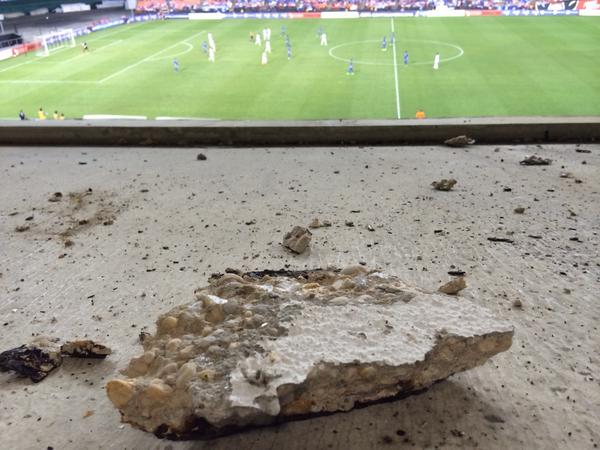
It is incredibly difficult for D.C. United to rectify any of these issues to stay at RFK. The organization loses $7-10 million per year because of the costs to operate and hold games at there, along with the fact that the quantity and quality of revenue sources available to the organization is limited. For example, though United all advertising inside the stadium and receives any revenue from it, they get about half of the parking revenue and only a small percentage of concessions revenue. RFK Stadium is also so ancient that any repairs or upgrades that could be made to the structure or infrastructure would be far too expensive and prolonging the time that the fans must endure the other intangible issues at the stadium might test their patience a bit too much, which could hurt the organization in the long run when it comes to finances and on-field product.
RFK Stadium has a capacity of 46,000, which is far too much for D.C. United. Even a very loud 17,030 (their average attendance during the 2014 season) fans just emphasizes how cavernous RFK Stadium is during D.C. United matches. In addition to hurting the atmosphere, it also makes generating demand for tickets very difficult. The falling concrete, animal problems, and infrastructure problems also contribute to the low ticket demand because RFK Stadium is not a very comfortable place to watch a soccer game, or do anything else for that matter.
D.C. United has been searching for a new home since at least 2003. Proposed sites include Poplar Point on the Anacostia waterfront, Prince George’s County, Maryland. Sheila Dixon, the mayor of Baltimore at the time, made a statement welcoming the possibility of the team moving to her city ast one point. However, D.C. United fans have been very vocal about their desire for the team to remain in the District, displaying banners, t-shirts, and scarves to reflect their stance on the issue.
“Going to Maryland or going to Virginia would have been crushing for this club,” head coach and former D.C. United player Ben Olsen said in an interview with Pablo Maurer for MLSsoccer.com. “We can sugarcoat it all we want, but this city needs soccer. It’s as global as you get. It’s our nation’s capital, and soccer needs to be represented in the District of Columbia, and today that’s the reality. It’s just wonderful.”
If all goes as planned, the team will no longer have to endure the hardships of operating out of ancient, crumbling facilities, the fan experience will reach levels not seen since the team’s early years, attendance will be higher due to the improved facilities and game day atmosphere, and the team may come closer and closer to becoming profitable. The District will have a catalyst for the economic development of a desolate area of the city with lots of potential, not to mention the fact that they will be allowing the only team representing them that wins consistently (D.C. United is the most successful professional soccer organization in U.S. history, with 13 major domestic and continental honors) to stay within the confines of the District. Though some kinks still need to be worked out in this project, things are looking up for soccer fans across the D.C area.



